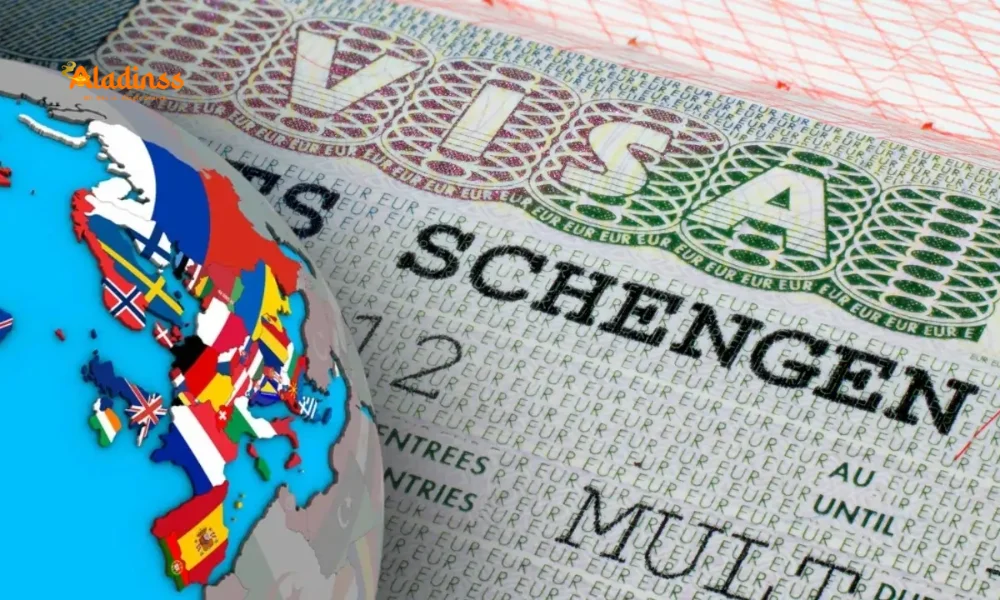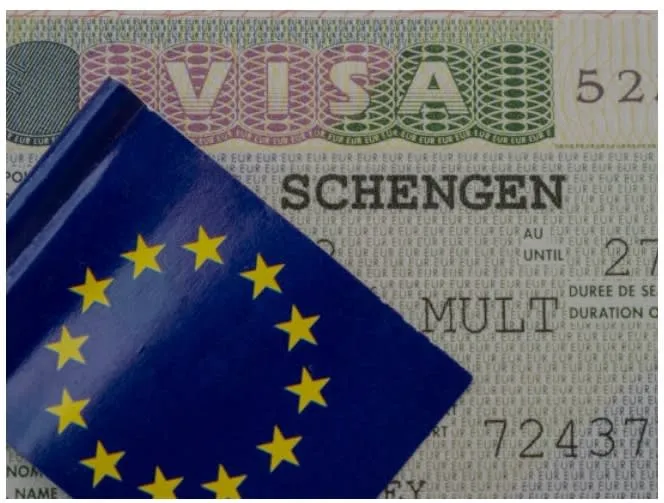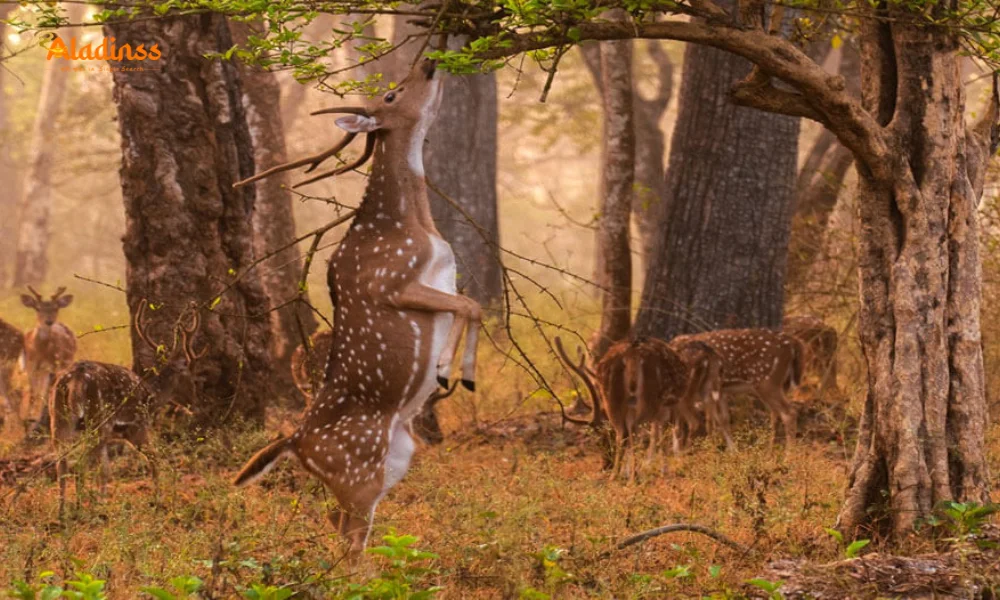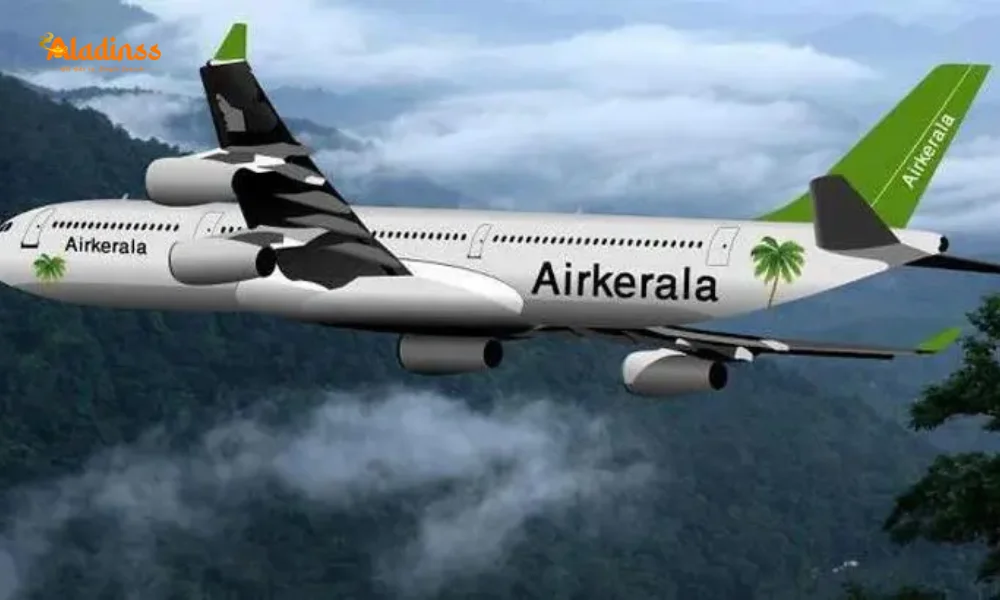Europe Tour Tips 2025 Guide

Essential Europe Tour Tips 2025: Visa, Budget, Fees, and Shop Hours
Europe welcomed a staggering 594.53 million visitors in 2022, cementing its status as a global travel magnet with iconic landmarks and diverse cultures. If you're gearing up for an unforgettable Europe tour in 2025, mastering key logistics will ensure smooth sailing across the continent's 44 nations. From securing a Schengen visa for seamless border hopping to navigating hidden dining fees and quirky shop closures, these insights will maximize your adventure. Discover how to budget wisely, savor local flavors affordably, and sidestep surprises in this vibrant destination.

As travel rebounds post-pandemic, Europe's allure-from Paris's Eiffel Tower to Croatia's Adriatic shores-demands preparation. A Schengen visa unlocks 26 borderless countries for up to 90 days, while savvy budgeting curbs food and fee pitfalls. In 2025, with sustainable tourism rising, opt for all-inclusive Europe tour packages that include eco-friendly stays and local experiences, ensuring your journey blends discovery with efficiency.
Secure Your Schengen Visa: Gateway to Borderless Exploration
The Schengen Area, encompassing 26 European nations like France, Germany, and Italy, revolutionizes travel with a single visa granting passport-free movement for up to three months for leisure or business. For extended stays, switch to specialized work or study permits. Applying early-ideally 15-90 days before departure-avoids delays, with processing times averaging 15 days.
Essential documents include a completed application form, two recent passport photos, a valid passport (with at least three months' validity post-trip), flight itineraries, employer or educational no-objection certificate, comprehensive travel insurance (minimum €30,000 coverage), accommodation proofs, marital status evidence, and financial statements showing €45-60 daily funds. Fees hover at €80 for adults, with children under six exempt. In 2025, digital applications via VFS Global streamline the process, but biometrics remain mandatory at visa centers in major Indian cities like Mumbai and Delhi.
- Choose your primary entry country for application to ensure approval.
- Include a detailed itinerary to demonstrate intent for short stays.
- Opt for multi-entry visas if planning return trips within six months.
This visa transforms your Europe tour into a fluid odyssey, from Amsterdam's canals to Vienna's waltzes, without bureaucratic hurdles.
Also Read: 5 Unique Europe Facts 2025
Smart Budgeting for European Cuisine: Savor Without Splurging
Dining in Europe can devour budgets, with meals averaging €15-30 per person, but strategic choices keep costs in check. All-inclusive Europe tour packages often bundle complimentary breakfasts, lunches, and dinners with wine pairings and onboard entertainment, ideal for river cruises or group tours. For independent explorers, seek local haunts via apps like TripAdvisor or HappyCow for authentic bites under €10.
Indian fare, while comforting, commands premiums-€20 for butter chicken in London versus €5 for paella in Valencia-so embrace regional specialties: French croissants (€2), Spanish tapas (€3-5), or Italian gelato (€3). In Airbnbs, stock up from markets like Paris's Marché d'Aligre for fresh produce, whipping up picnics that save €50 daily. Steer clear of multilingual-menu traps in tourist zones, where markups hit 30%; instead, dine where locals queue, like Berlin's currywurst stands.
- Time meals around siesta hours-lunch 12-2 PM, dinner post-7 PM-to align with openings.
- Embrace street food: Amsterdam's stroopwafels or Prague's trdelník for €2-4 snacks.
- Vegetarian options abound in Greece's souvlaki-free gyros or Portugal's pastéis de nata.
- Apps like TheFork offer 20-50% discounts on reservations, slashing fine-dining tabs.
With thoughtful planning, Europe's culinary mosaic-from Tuscan truffles to Nordic smørrebrød-becomes an affordable delight, enhancing your Europe tour's sensory journey.
Navigating Hidden Fees: Europe's Sneaky Surprises
Europe's charm hides fiscal pitfalls-up to €100 for extra luggage on budget flights like Ryanair. Restaurants tack on "coperto" (cover charges €2-5/person) or "servizio" (service 10%), and in Czechia or Italy, condiments like olive oil or parmesan incur €1-2 fees. Grocery bags cost €0.20, and even ice in drinks might add €0.50 in touristy spots.
Private beaches in Spain or Croatia charge €5-10 for loungers, while Italy's "all'etto" seafood billing-raw weight at €20/kg-can inflate tabs if not clarified. Extra cutlery or bread baskets often surprise with €3-5 surcharges. Mitigate by packing light (carry-on only), requesting bills pre-ordering, and using reusable bags. In 2025, apps like Splitwise track shared costs, freeing you to enjoy gelato guilt-free.
- Scan menus for "coperto" or "servizio" to budget dining accurately.
- Opt for fixed-price menus (prix fixe €20-30) for value in France or Belgium.
- Avoid airport exchanges; use cards with no foreign fees for better rates.
- Public beaches in Greece offer free sunbathing, saving €20 daily.
Awareness turns potential shocks into savvy savings, letting your Europe tour focus on memories, not math.
Shop Smart: Europe's Eccentric Retail Rhythms
Europe's siesta culture-prevalent in Spain, Italy, Portugal, Greece, Slovenia, and Serbia-means shops shutter midday (noon-3 PM) for rest amid heat, reopening evenings. In Italy and Greece, this "riposo" extends to churches and cafes, prioritizing work-life harmony over 24/7 commerce.
Germany's rigid schedule closes stores at 6:30 PM weekdays and 2 PM Saturdays (except first Saturday's late night), resuming Monday. England's patchwork laws vary: Bath shops halt at noon Mondays/Thursdays, Stratford-upon-Avon Thursdays only, with general 8 PM closures but one weekly 9 PM extension. France's boulangeries open Sunday mornings but Monday mornings off. For your Europe tour package including quaint towns, verify hours via Google Maps or local apps-many 2025 tours build in "downtime" for authentic siestas, turning potential frustration into cultural immersion.
- Plan shopping pre-noon or post-3 PM to catch openings in Mediterranean spots.
- Sundays are quiet-stock up Saturdays for Nordic or Alpine regions.
- Department stores like Harrods (London) or Galeries Lafayette (Paris) defy norms with extended hours.
Embracing these rhythms enriches your Europe tour, transforming "closed" signs into invitations for leisurely coffees or sunset strolls.
Advanced Prep: Packing and Cultural Etiquette for 2025
Beyond basics, pack layers for Europe's variable weather-mild Mediterranean springs to crisp Alpine autumns. A universal adapter, reusable water bottle, and portable charger are musts. Culturally, tip 5-10% in restaurants (beyond service charges), greet with "Bonjour" or "Guten Tag," and respect queues in the UK. For 2025's eco-focus, choose trains over flights where possible, reducing your carbon footprint by 90% on routes like Paris to Amsterdam.
Customizable packages incorporate these nuances, from visa guidance to siesta-aligned schedules, ensuring a seamless, enriching Europe tour that blends adventure with authenticity.
Comment / Reply From
No comments yet. Be the first to comment!







